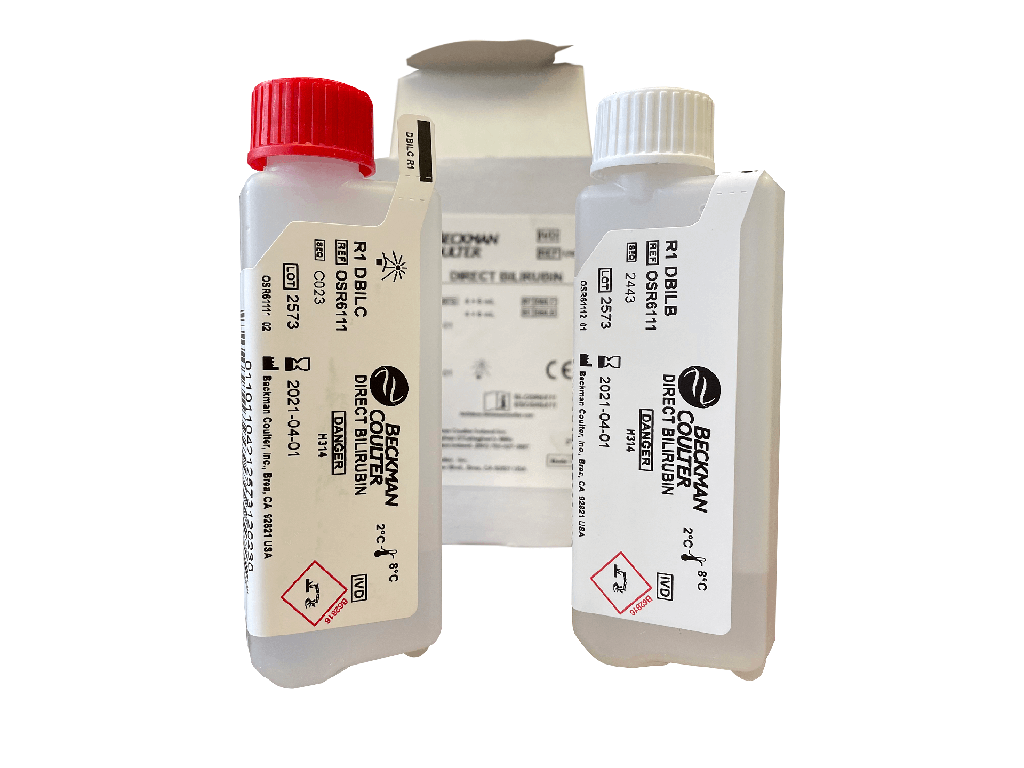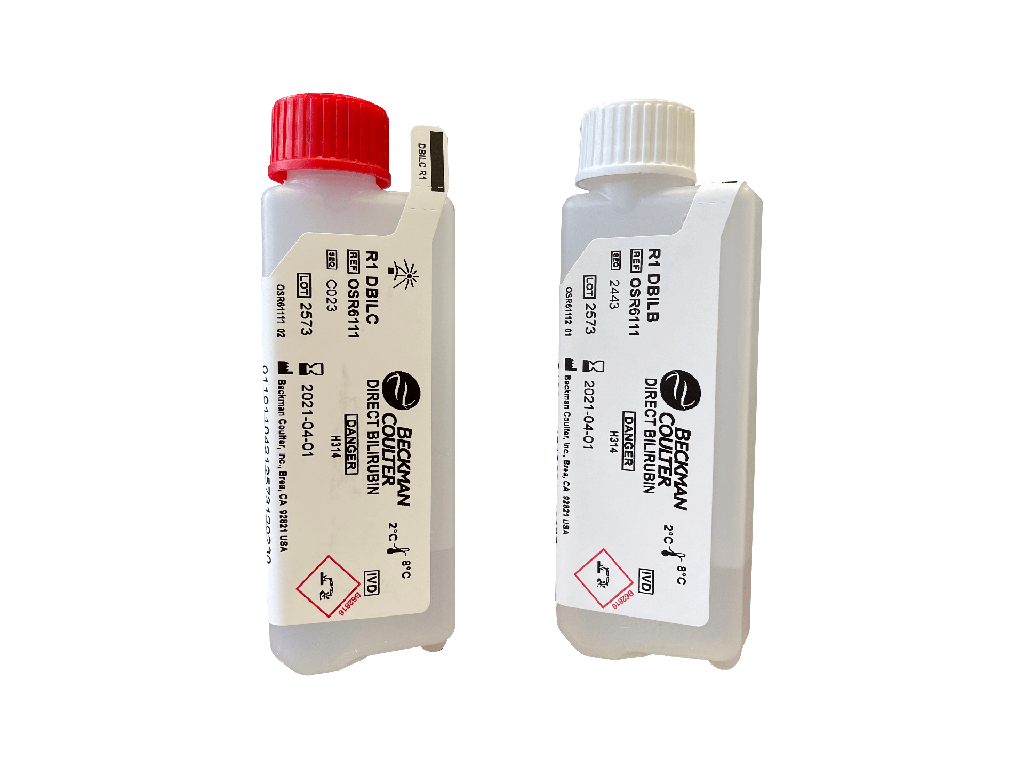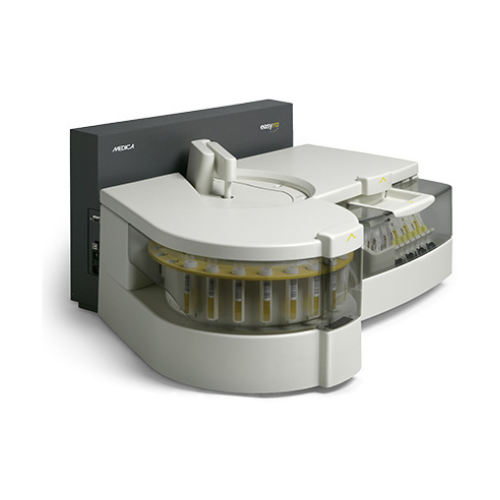For Business Use Only. Does Not Ship to Residential Addresses. For use inside an Analyzer, Sold Separately.
OSR60117 Olympus Calcium Reagent, 4 x 700 Tests
Product Code: OSR60117
Shipping Weight: 10.00lbs (4.54kg)
Specifications
Manufacturer: Beckman Coulter
Country of Origin: Ireland
Application: Reagent
Number of Tests: 4 X 700 tests
Storage Requirements: Requires Refrigeration
Test Method: Arsenazo III
Test Name: Calcium
Test Type: General Chemistry
UNSPSC Code: 41116004
Volume: R1 4 x 15 mL
Intended Use
System reagent for the quantitative determination of calcium concentrations in human serum, plasma and urine on Beckman Coulter AU analyzers.
*Calcium (Arsenazo) reagent OSR65117 can not be used on the AU400/AU480/5800.
About Calcium Arsenazo Reagent
Measurement of calcium is used in the diagnosis and treatment of parathyroid disease, a variety of bone diseases, chronic renal disease and tetany (intermittent muscular contractions or spasms).
Although more than 99% of body calcium exists in bones and teeth, it is the calcium in the blood that is of most concern clinically. The bones serve as a reservoir to maintain relative constancy of serum calcium by releasing calcium when required to prevent hypocalcemia and trapping calcium to prevent excessively high levels of serum calcium. The uptake and release of calcium from bone are under the control of the parathyroid hormone. The percentage of ingested calcium absorbed decreases as the dietary calcium content increases, so the amount absorbed can remain relatively constant. The slight increase in absorption that occurs on a high-calcium diet is reflected in increased renal excretion. Serum calcium exists in three forms: 1) free calcium ion, Ca2+, 50%, 2) protein-bound calcium, 45% and 3) complexed calcium, mainly with citrate, 5%. The ionized calcium is physiologically most significant but has proven difficult to assay directly. It may be estimated from total calcium given a knowledge of the protein content and pH of the blood which strongly affects the level of ionized calcium. Levels of calcium are roughly inversely proportional to phosphorus levels. Calcium ions are important in the transmission of nerve impulses, as a cofactor in several enzyme reactions, in the maintenance of normal muscle contractility, and in the process of coagulation. A significant reduction in calcium ion concentration results in muscle tetany. A higher than normal concentration of calcium ions produces lowered neuromuscular excitability and muscle weakness along with other more complex symptoms. In disease, calcium concentration may be either higher or lower than normal. Normal levels are highest in children and decline gradually throughout life. Variations in serum calcium may be due to disease of the parathyroid gland, bone disease, defective absorption of calcium from the intestine, kidney disease, multiple myeloma and various other abnormalities.
Methodology
This Calcium procedure is based on calcium ions (Ca2+) reacting with Arsenazo III (2,2’-[1,8-Dihydroxy-3,6-disulphonaphthylene-2,7-bisazo]- bisbenzenear-sonic acid) to form an intense purple colored complex.2,3 Magnesium does not significantly interfere in calcium determination using Arsenazo III. In this method, the absorbance of the Ca-Arsenazo III complex is measured bichromatically at 660/700 nm. The resulting increase in absorbance of the reaction mixture is directly proportional to the calcium concentration in the sample.

Additional Information
Calcium Arsenazo - Safety Data Sheet
Calcium Arsenazo - Instructions for Use





















